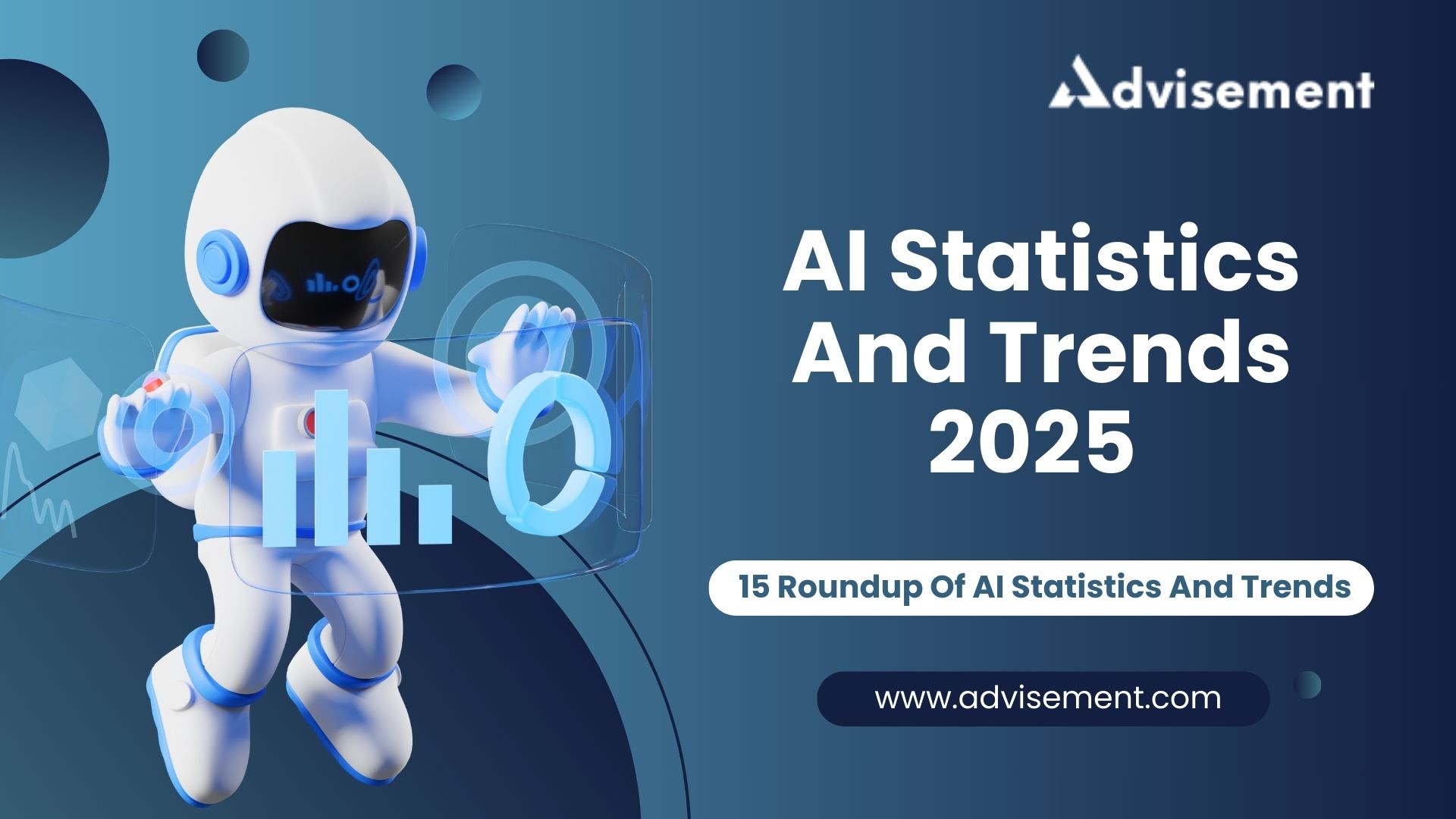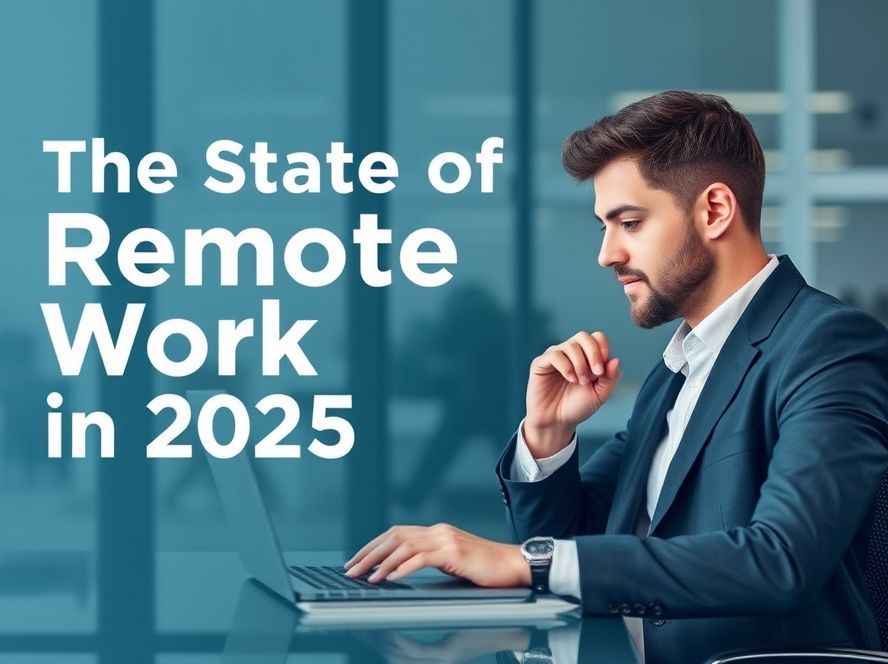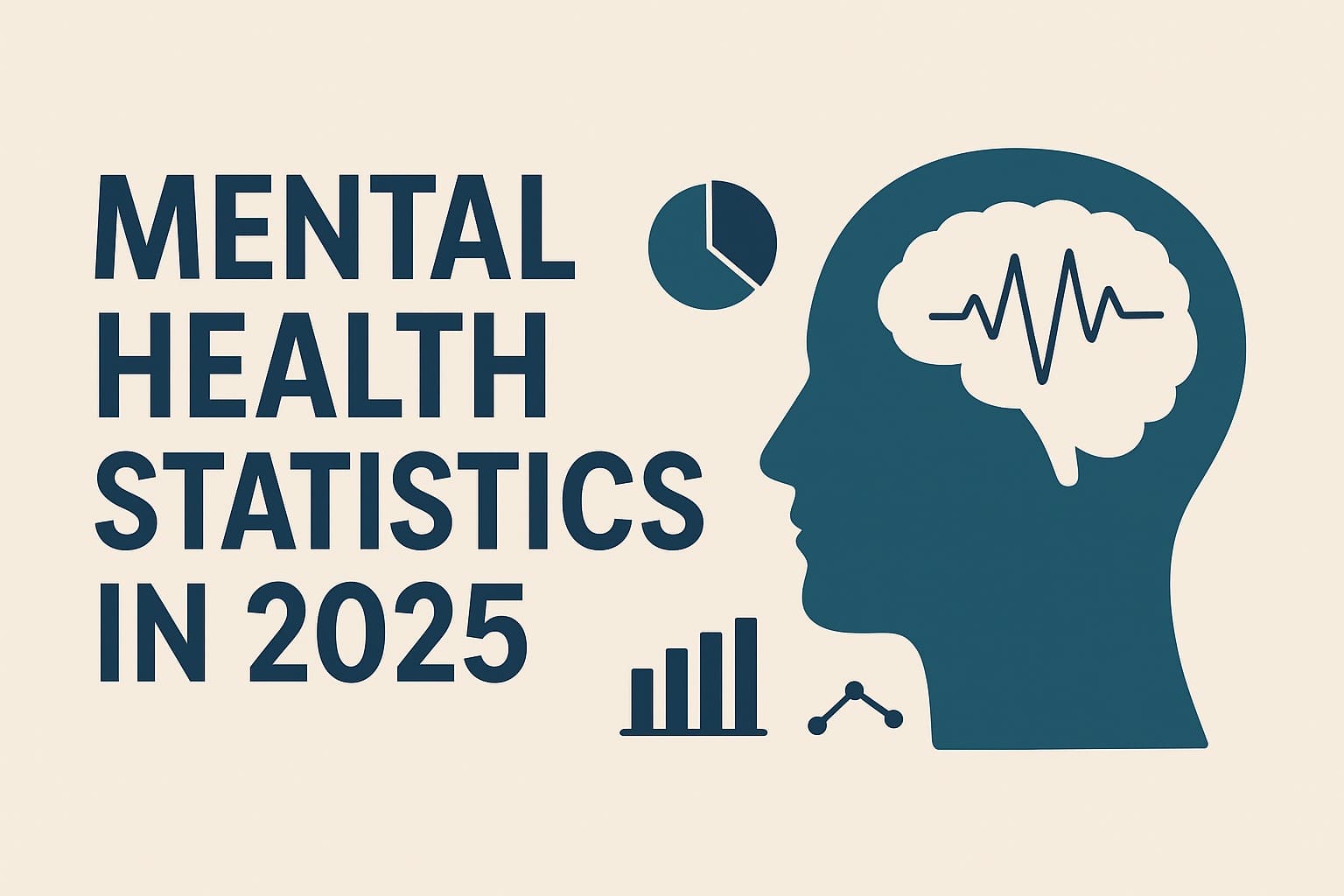15 Roundup of AI Statistics And Trends
Artificial intelligence is changing the game. And that applies to virtually every industry. As AI improves, how will you implement it? These AI statistics and trends for 2025 shed light on how other companies and individuals are adapting. It’s an intriguing opportunity to explore a cutting edge technology.
AI Adoption Statistics
In the annual Deloitte Tech Trends Report, AI was the central theme. It’s part of nearly all industries. Consider the following advances poised for 2025 and beyond:
- Spatial computing simulations. Ultimately, this will lead to seamless spatial computing experiences.
- 70% of organizations, by some estimates, are using AI to some degree.
- Close to 60% of hyperscalers in the industry will spend their budget on AI hardware.
- An estimated 75% of organizations say they are investing in data lifecycle management and plan to use generative AI to achieve the next level.
- Small language models are likely to provide businesses with next-generation solutions. They offer more tailored, right-sized options, which allow for optimization.
AI Business Impacts
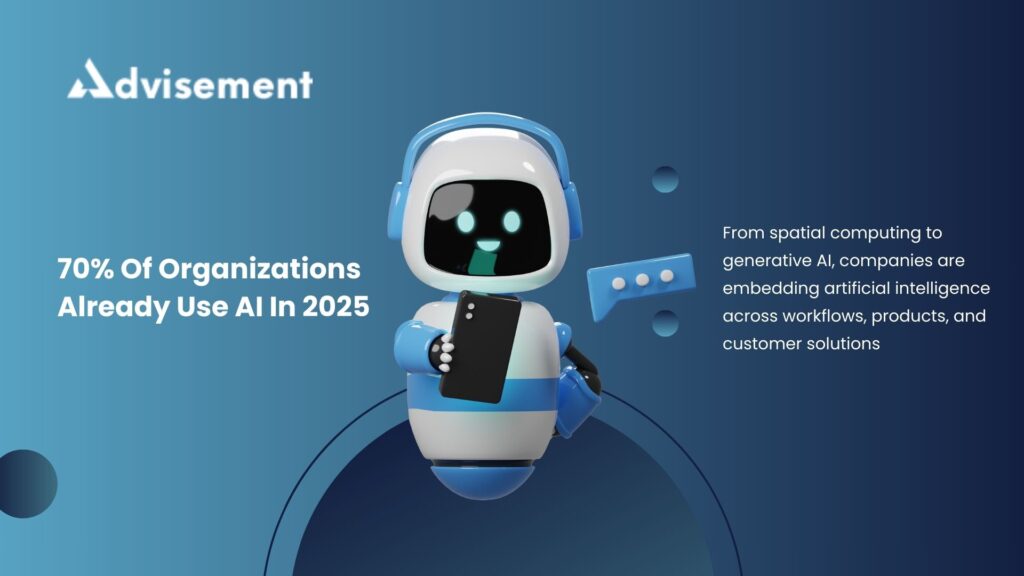
AI has the opportunity to impact businesses in many ways. What’s most interesting is the customization options. AI can be applied to so many opportunities and pain points. The solutions are seemingly endless for companies of all sizes and styles.
A survey from McKinsey provides insight into some AI statistics and trends in the use of AI for business and the impact it has:
- 21% of surveyed respondents reported using gen AI to redesign at least some workflows. That’s within some of the country’s largest adopters.
- 28% of large company CEOs using AI say they are seeking direct revenue growth from the move, though AI governance is a key factor.
- In 2023, just 3.8% of businesses were using AI to produce goods and services. That’s according to US Census Bureau data. McKinsey reports that, in 2025, 78% of businesses are using AI in at least 1 area.
- Reports indicate that companies are seeking more use of AI in business to support innovation and product development. It can monitor trends to support marketing efforts.
- Tech companies are focused on building enterprise customer solutions that optimize performance. That directly leads to improved profitability and enhanced security.
AI Trust and User Sentiment
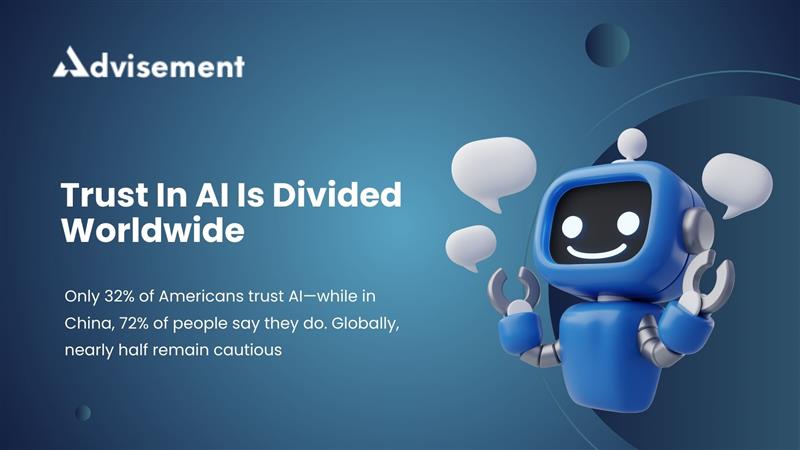
There are risks for many using AI. This is not overlooked in adoption rates. Consider some of the most impactful factors:
- 3 in 5 people were wary about trusting AI systems in a survey by KPMG.
- Another study, this one completed by the Edelman Trust Barometer and reported by The Hill, says that just 32% of Americans believe in the rapidly developing technology.
- However, 72% of Chinese people say they trust AI overall.
- Worldwide data indicates that about 48% say they trust the technology.
- Only about half of all executives, as reported by a Dun & Bradstreet survey, say they are ready for AI, as reported by Forbes.
Risks for AI deployment are on the minds of some of the largest companies. They are working to build solutions to overcome the biggest risks. McKinsey reports that the following are the Gen AI risks organizations are mitigating:
- Inaccuracy
- Regulatory compliance
- Cybersecurity threats
- Intellectual property infringement
- Personal and individual privacy
- Workforce and labor displacement
- Explainability
Most Popular AI Uses in 2025
Microsoft reports that 70% of its Fortune 500 companies that use Microsoft 365 Copilot, the company’s Gen AI are using it for repetitive and mundane tasks. That includes note taking during meetings.
Other uses for AI in 2025 include:
- Manage emails and communications in businesses and outside.
- Life organization, including managing appointments and tasks.
- Mental health support, including personalized therapy and guidance
- Efficient research of large amounts of critical data
- Helping public sector agents improve efficiencies
- Enhance decision-making within large and small companies on spending and marketing
- Automate workflows to reduce human dependence
- Assist in meeting compliance requirements across all sectors

